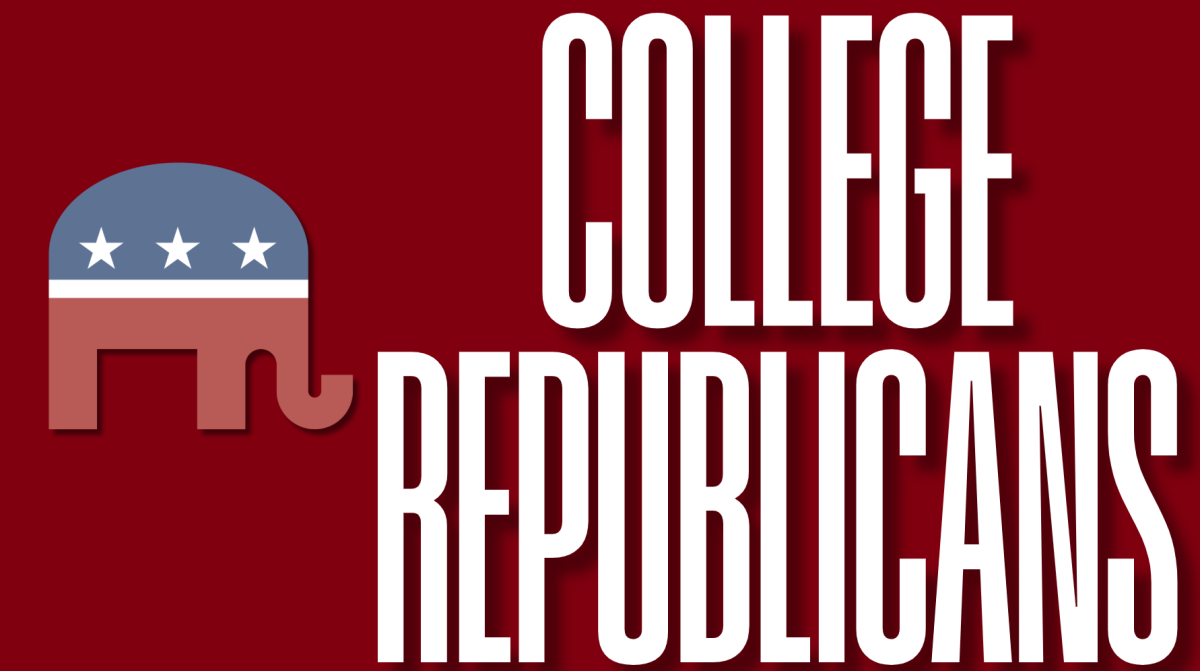Thrifting has emerged as one of the most favored ways of shopping. Influenced by social media stars like Emma Chamberlain and the rising trend of #thrifttok, Gen Z adopted second-hand shopping, making it more popular than ever. The appeal lies in discovering distinctive, affordable garments while promoting sustainable fashion. Gen Z has ardently embraced this shopping approach as a more eco-friendly way to purchase clothing. Thrifting has become a leisure activity, moving away from necessity and gentrifying stores nationwide. I don’t think we should stop thrifting; I encourage you to start, however it is necessary to know how thrifting links to gentrification and how to thrift without harming marginalized communities.
Thrifting as a means of buying clothing is significantly more sustainable than the traditional fashion industry or fast fashion. The fashion industry ranks as the second largest pollutant, after the oil and gas sector. The fashion industry consumes about 93 billion cubic meters of water, contributing to water scarcity and generating 20% of global industrial water pollution. The sector also emits about 10% of global greenhouse gas emissions and produces 92 million tons of textile waste annually. The mass production of fashion and the prevalence of fast fashion have devastating effects on the environment, which is why thrifting has gained momentum as a countermeasure. Thrifting is successful at keeping more clothes out of landfills, reducing chemical and carbon pollution, lowering water consumption and offering a distinctive avenue of self-expression at a lower cost.
However, this sustainable practice is not staying accessible. The rise in popularity among thrift stores is hurting lower-income communities who rely on these stores out of necessity. The increase in popularity has caused an influx in prices, making thrift stores inaccessible to the working class. The practice of thrift shopping encompasses more than just acquiring second-hand, economical and one-of-a-kind garments. What was formerly an essential way for individuals with limited financial means to get clothing is now being undermined by wealthy individuals and the excessive consumption of clothing.
At 17, during the COVID-19 lockdown, tired of the everchanging Instagram trends, Chloe Ting workouts and my failed attempts at making whipped coffee, I spent hours in my room, gazing at the clothing items I never wore in my closet, feeling inspired to create a Poshmark account and start selling them. Platforms like Poshmark and Depop provide a convenient way to earn money and engage in a sustainable fashion industry. I was one of many to embrace this increasingly popular fashion realm. Today, over 45 million people use platforms like Poshmark and Depop to resell thrift clothes for two to three times the original price. When shoppers resell merchandise for a significantly higher price, it causes thrift stores to increase their pricing to meet demand, which causes the store to become gentrified. This negatively impacts the lower-income communities that rely on these stores out of necessity.
When it comes to getting rid of old clothes that no longer fit or aren’t worn as much, it is essential to consider other options for giving back sustainably without contributing to the gentrification of thrifting. Goodwill and Salvation Army are traditionally known as accessible places to buy clothing, but these companies aren’t all they seem to be. Thrift stores only resell 20% of clothes donated; the rest are dumped in the global south, contributing to pollution and landfills. Goodwill has also gained notoriety for grossly underpaying employees with disabilities. It’s best to seek options local in your community, such as at schools and religious institutions conducting clothing drives, as these initiatives often directly benefit the community.
The act of thrifting is not the problem. I encourage you to continue thrifting, and if you don’t already, start. We should continue to engage in this eco-friendly practice! Practicing this sustainable option is crucial in addressing the fact that the fashion industry contributes significantly to pollution. However, it is essential to acknowledge and understand the negative consequences of gentrification that link to thrifting. These challenges should not discourage the sustainable action of thrifting but should be reflected on to keep stores accessible for everyone. When visiting a thrift store, be mindful of your location, purchases and motivation. Even though thrifting is sustainable, overconsumption still has adverse effects. Refrain from bulk purchases and reselling clothes for inflated prices. If you have the means, support sustainable businesses beyond thrift stores. If you visit a thrift store in a lower-income neighborhood, avoid contributing to the high demand for less available products and consider giving back directly. Instead of selling, consider donating clothes, household items and more to organizations serving marginalized societies or homeless shelters. Thrifting is a crucial practice, and it is necessary we exercise it in a way that keeps it accessible.
Keagan Ostop, FCRH ’25, is a journalism major from West Hartford, Conn.










































































































































































































